Tired of your dartboard wearing out unevenly? Dartboard rotation mounting systems provide a simple yet ingenious solution, allowing you to evenly distribute wear and tear across the entire board, significantly extending its lifespan and improving your game. This article explores everything you need to know about these systems, from their benefits and types to installation and maintenance, ensuring you get the most out of your dartboard setup.
⚠️ Still Using Pen & Paper (or a Chalkboard)?! ⚠️
Step into the future! The Dart Counter App handles all the scoring, suggests checkouts, and tracks your stats automatically. It's easier than you think!
Try the Smart Dart Counter App FREE!Ready for an upgrade? Click above!
Why You Need Dartboard Rotation Mounting Systems
Imagine always hitting your favorite spot on the dartboard. Great for your ego, not so great for the board itself! Without rotation, certain sections, particularly the 20 and bullseye, will quickly become worn and damaged. This leads to bounce-outs, inaccurate scores, and ultimately, a shorter lifespan for your dartboard. Dartboard rotation mounting systems address this problem head-on. They allow you to effortlessly rotate the board, spreading the impact of your darts and preventing localized wear.
Using a dartboard rotation mounting system also enhances the overall playing experience. A board with consistent density across its surface ensures fair and predictable dart landings. This is crucial for consistent practice and improvement. If your dartboard is damaged, you might be interested in Basic Darts Fundamentals for Beginners.
Benefits of Rotating Your Dartboard
- Extended Dartboard Lifespan: This is the primary benefit. Rotating distributes wear, preventing premature damage to high-traffic areas.
- Improved Scoring Accuracy: A balanced board reduces bounce-outs and ensures more consistent dart landings.
- Enhanced Playing Experience: A uniform playing surface provides a fairer and more enjoyable game for all players.
- Cost Savings: By extending the lifespan of your dartboard, you save money in the long run by not needing to replace it as frequently.
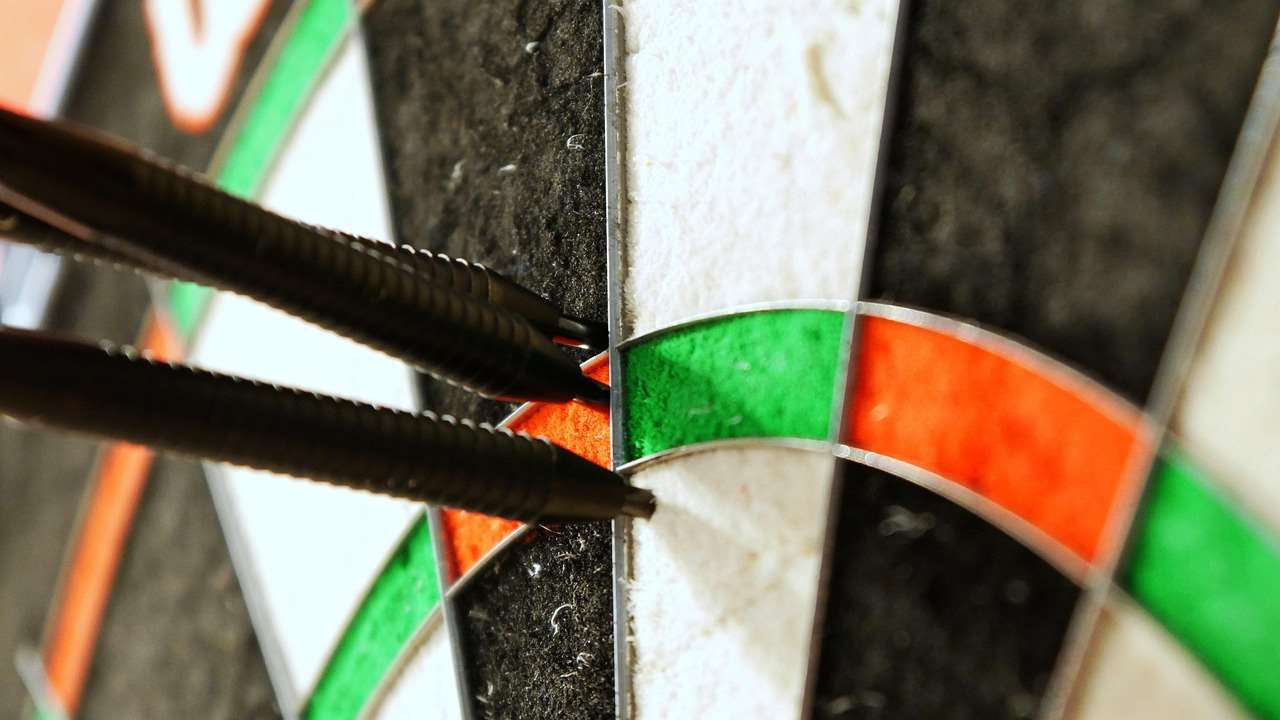
Types of Dartboard Rotation Mounting Systems
Not all dartboard rotation mounting systems are created equal. They come in various designs and materials, each with its own pros and cons. Understanding the different types will help you choose the system that best suits your needs and preferences. Consider the weight of your dartboard, the type of wall you’ll be mounting it on, and your budget when making your decision. A damaged dartboard can lead you to consider Simplified 501 game rules for novice players.
Standard Rotating Brackets
These are the most common type of dartboard rotation mounting systems. They typically consist of two brackets: one that attaches to the wall and another that attaches to the back of the dartboard. A rotating mechanism connects the two brackets, allowing you to easily turn the board.
- Pros: Affordable, easy to install, widely available.
- Cons: May not be as robust as other options, can sometimes wobble slightly if not properly tightened.
Locking Rotation Systems
These systems offer a more secure and stable rotation mechanism. They often feature a locking mechanism that prevents the board from rotating unintentionally. This is particularly useful for heavier dartboards or for players who prefer a more solid feel.
- Pros: More stable and secure than standard brackets, prevents unintentional rotation.
- Cons: Generally more expensive than standard brackets, may require slightly more effort to install.
Integrated Surround Systems with Rotation
Some dartboard surrounds come with built-in rotation mechanisms. These systems offer a clean and integrated look, and they often provide additional protection for your wall.
- Pros: Clean and integrated design, provides wall protection.
- Cons: Can be more expensive than standalone rotation systems, may not be compatible with all dartboards.
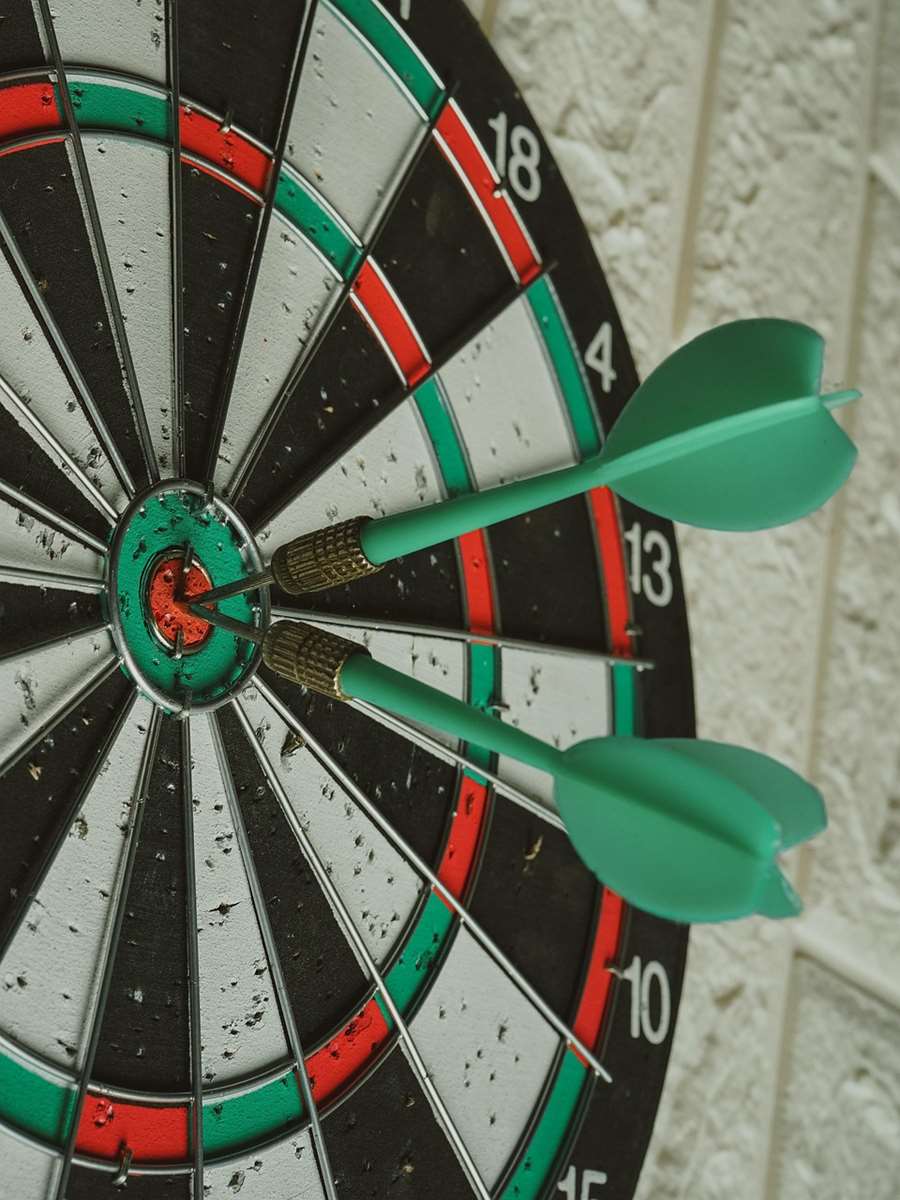
Installing Your Dartboard Rotation Mounting System
Installing a dartboard rotation mounting system is generally a straightforward process, but it’s essential to follow the instructions carefully to ensure a secure and stable installation. Always use appropriate wall anchors for your wall type, and double-check that the board is level before tightening all the screws.
Essential Tools and Materials
- Dartboard Rotation Mounting System
- Dartboard
- Drill
- Screwdriver
- Level
- Wall Anchors (if needed)
- Measuring Tape
- Pencil
Step-by-Step Installation Guide
- Locate a Suitable Location: Choose a location with ample space around the dartboard and a clear throwing line. The official height from the floor to the center of the bullseye is 5 feet 8 inches (1.73 meters).
- Mark the Mounting Point: Use a measuring tape and pencil to mark the location for the mounting bracket on the wall. Ensure it’s at the correct height.
- Install the Wall Bracket: Drill pilot holes at the marked locations and install the wall bracket using appropriate screws and wall anchors.
- Attach the Dartboard Bracket: Attach the dartboard bracket to the back of the dartboard, following the manufacturer’s instructions.
- Mount the Dartboard: Carefully align the dartboard bracket with the wall bracket and secure it in place.
- Level the Dartboard: Use a level to ensure the dartboard is perfectly level. Adjust as needed.
- Test the Rotation: Rotate the dartboard to ensure it moves smoothly and freely. Tighten any loose screws.
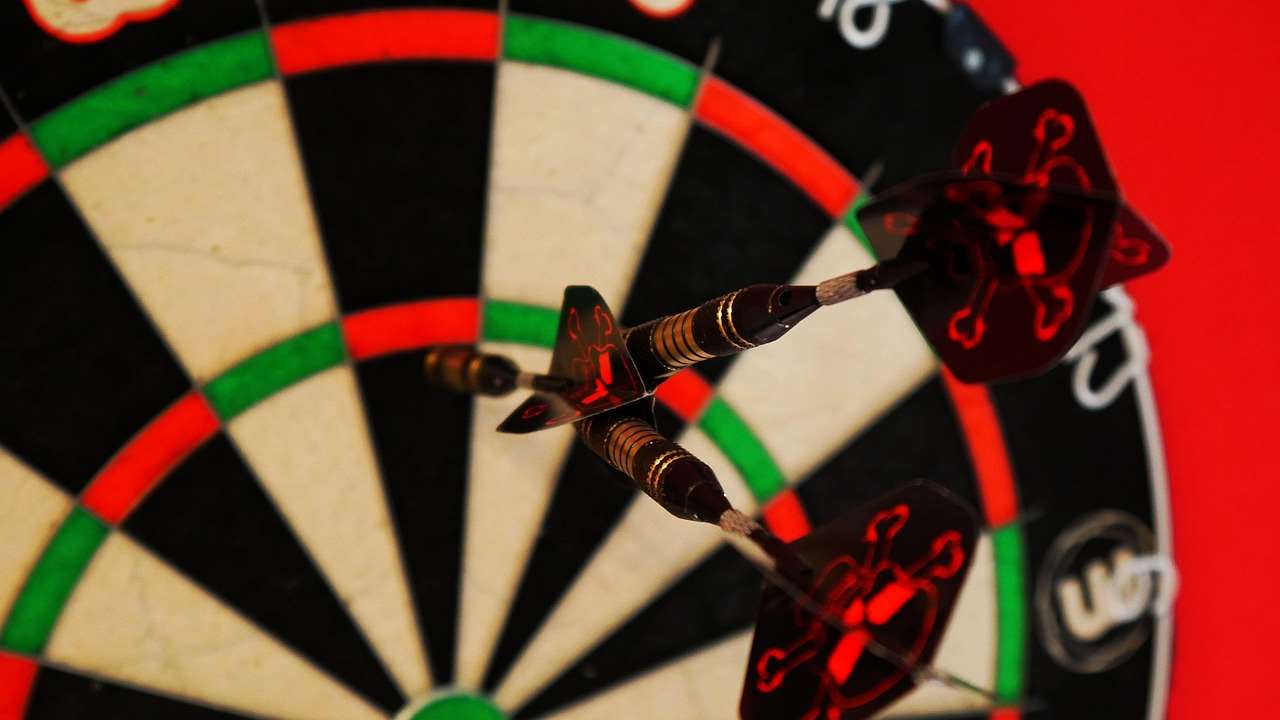
Maintaining Your Dartboard Rotation Mounting System
Proper maintenance will keep your dartboard rotation mounting systems functioning smoothly and ensure its longevity. Regularly inspect the system for loose screws or worn parts, and lubricate the rotating mechanism as needed. By performing regular dartboard maintenance, you can even think about Adapting darts rules for small spaces: tips and tricks.
Regular Inspections
Periodically inspect the mounting system for any signs of wear or damage. Pay close attention to the screws, brackets, and rotating mechanism. Tighten any loose screws and replace any worn or damaged parts immediately.
Lubrication
The rotating mechanism may require occasional lubrication to keep it moving smoothly. Use a silicone-based lubricant to avoid damaging the plastic or metal components.
Cleaning
Keep the mounting system clean and free of dust and debris. Use a soft cloth to wipe down the brackets and rotating mechanism regularly.
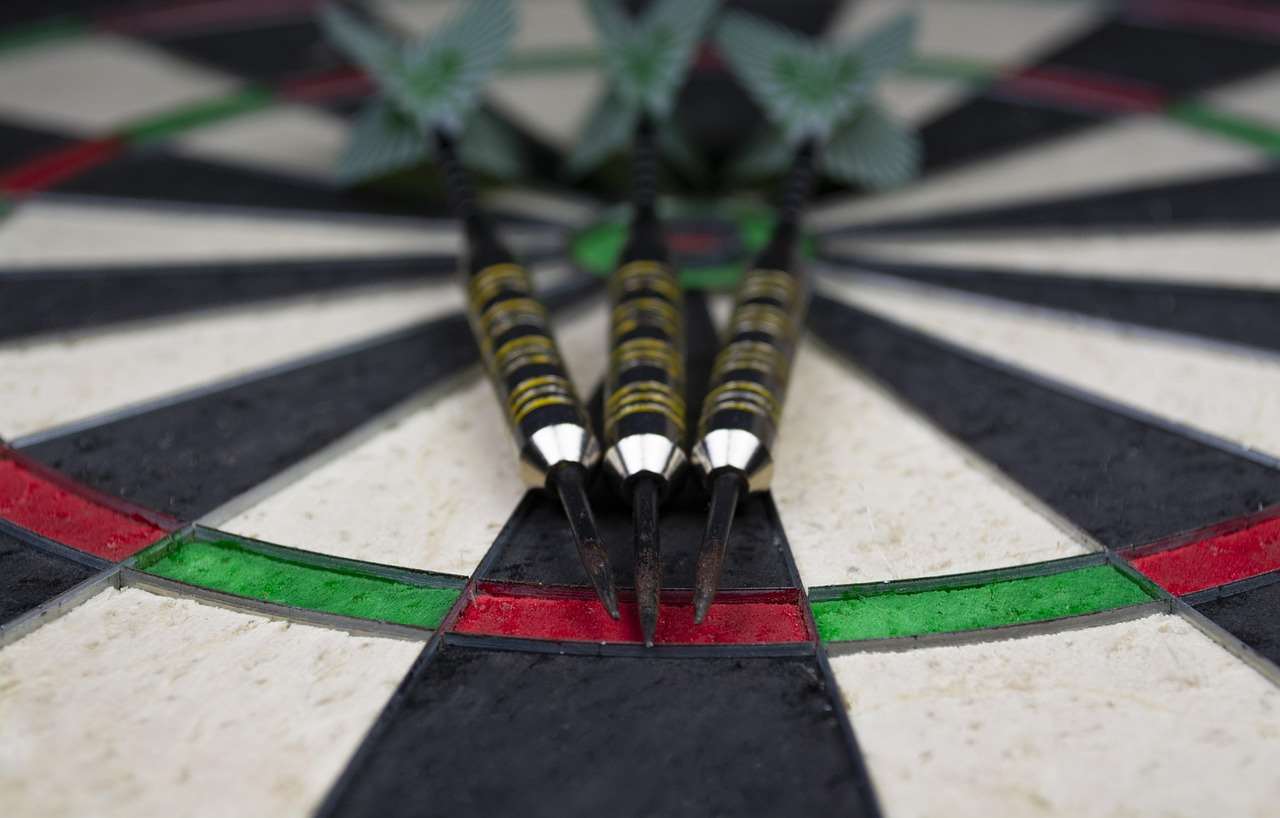
Tips for Extending Your Dartboard’s Life
While dartboard rotation mounting systems are a great start, there are other steps you can take to further extend the life of your dartboard.
- Rotate Regularly: Don’t wait until you see significant wear in one area. Rotate your dartboard every few weeks to distribute the impact evenly.
- Use Quality Darts: Darts with sharp points can damage the sisal fibers of your dartboard. Invest in high-quality darts with well-maintained points.
- Avoid Excessive Force: Throw your darts with a smooth and controlled motion. Avoid throwing with excessive force, as this can damage the board and the mounting system.
- Keep Your Dartboard Dry: Moisture can damage the sisal fibers of your dartboard. Keep your dartboard in a dry environment.
Choosing the Right Dartboard Surround
A dartboard surround is another great investment. It protects your wall from errant darts and can also enhance the aesthetics of your dart setup. When choosing a surround, consider the following factors:
- Material: Surrounds are typically made of foam, rubber, or wood. Foam surrounds are the most affordable, while wood surrounds offer the best protection and durability.
- Size: Choose a surround that is large enough to adequately protect your wall. A surround with a diameter of at least 27 inches is generally recommended.
- Style: Choose a surround that complements the style of your dartboard and room. Surrounds are available in a variety of colors and designs.
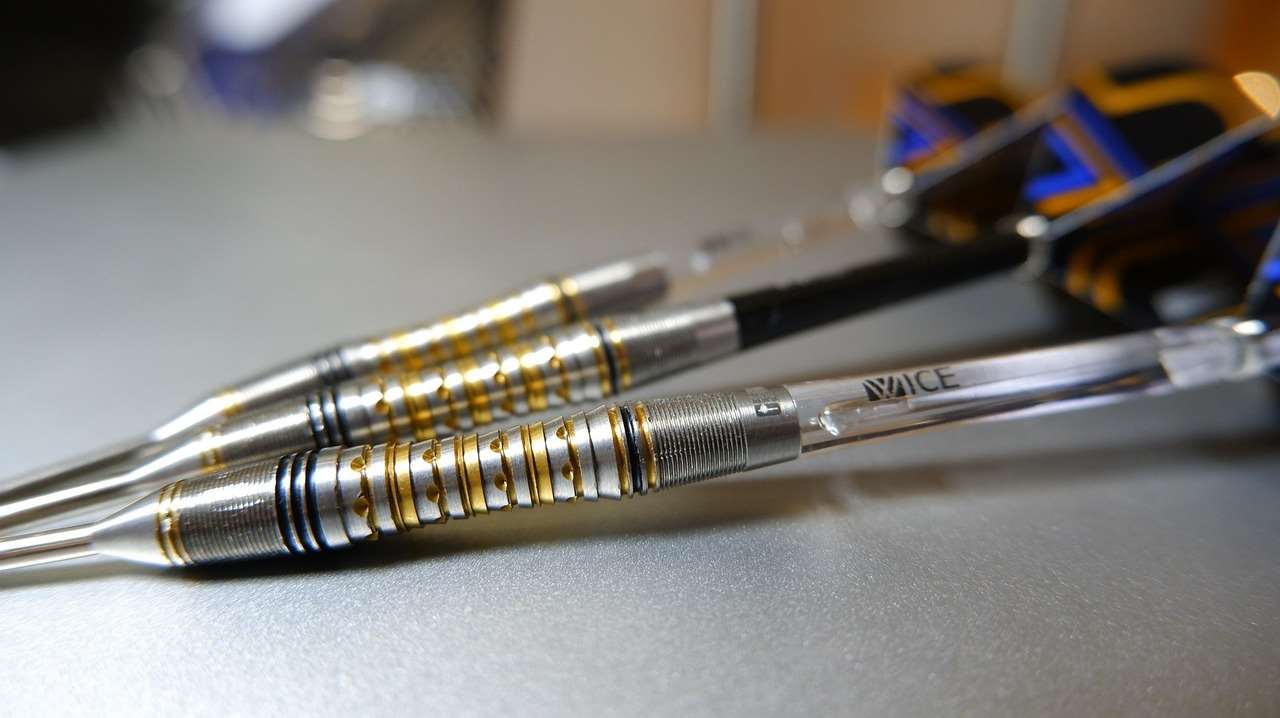
Conclusion
Dartboard rotation mounting systems are an essential accessory for any serious dart player. They extend the lifespan of your dartboard, improve scoring accuracy, and enhance the overall playing experience. By understanding the different types of systems available and following the installation and maintenance tips outlined in this article, you can ensure that your dartboard remains in top condition for years to come. Don’t wait until your board is worn out; invest in a rotation system today! Why not explore some Alternative darts rules for home play now you have the perfect setup?
Hi, I’m Dieter, and I created Dartcounter (Dartcounterapp.com). My motivation wasn’t being a darts expert – quite the opposite! When I first started playing, I loved the game but found keeping accurate scores and tracking stats difficult and distracting.
I figured I couldn’t be the only one struggling with this. So, I decided to build a solution: an easy-to-use application that everyone, no matter their experience level, could use to manage scoring effortlessly.
My goal for Dartcounter was simple: let the app handle the numbers – the scoring, the averages, the stats, even checkout suggestions – so players could focus purely on their throw and enjoying the game. It began as a way to solve my own beginner’s problem, and I’m thrilled it has grown into a helpful tool for the wider darts community.